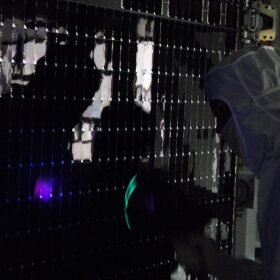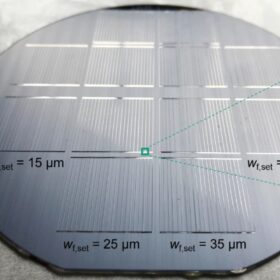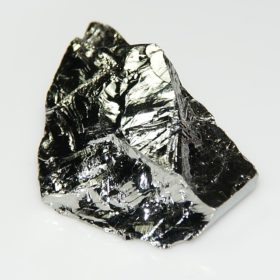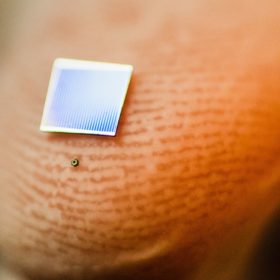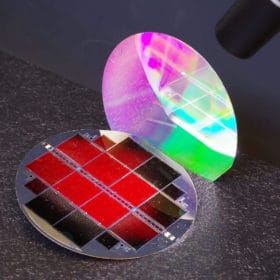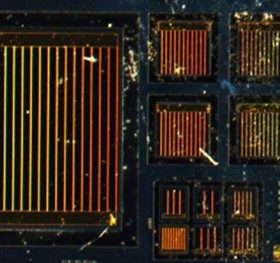The impact of temperature on III-V solar cells
Scientists in Spain have analyzed the impact of temperature and spectral conditions on III-V solar cells employed in concentrator photovoltaic modules. They claim to have assessed the cell behavior under unprecedented operating condition.
III–V triple-junction solar cell with mask, plate front metallization achieves 31.6 % efficiency
Fraunhofer ISE researchers utilized a new front metallization technique to produce a III-V gallium arsenide solar cell. For mask and plate front metallization, they used a new two-step printing scheme that reportedly allows for the realization of extremely narrow mask openings.
III–V solar cell based on spalled germanium substrate achieves 23.36% efficiency
US scientists used spalled germanium instead of gallium arsenide, as the former reportedly reduces several issues associated with GaAs spalling. The cell achieved an open-circuit voltage of 1.019 V, a short-circuit current density of 28.49 mA cm−2, and a fill factor of 80.45%.
Micro III-V solar cell with 33.8% efficiency
Developed by a French-Canadian research group, the triple-junction cell is based on indium gallium phosphide (InGaP), indium gallium arsenide (InGaAs) and germanium (Ge) and has an active area of only 0.089 mm2. It can be used for applications in micro-concentrator photovoltaics (CPV).
Fraunhofer ISE achieves 35.9% efficiency for III-V triple-junction solar cell based on silicon
The cell, which looks externally like a device with a two-terminal architecture, was built with III-V semiconductor layers that were connected to the silicon sub-cell on the atomic level. The cell may be used in electrically powered aircraft and drones.
III-V multi-junction solar cell with 39% efficiency
Finnish scientists have developed a four-junction solar cell based on III-V semiconductor materials that is said to be able to achieve a wide spectral coverage. The cell was monolithically grown on gallium arsenide by molecular beam epitaxy (MBE).
In search of cost-effective techniques for III-V cell production
Scientists in Canada have discovered a promising technique for the production of gallium-arsenide solar cells. Growing these cells directly onto a silicon substrate is a promising strategy that could cut out some of the technology’s exorbitant production costs. And by making that silicon porous, scientists may have taken a step toward producing high-performance III-V solar cells at a significantly lower cost.
